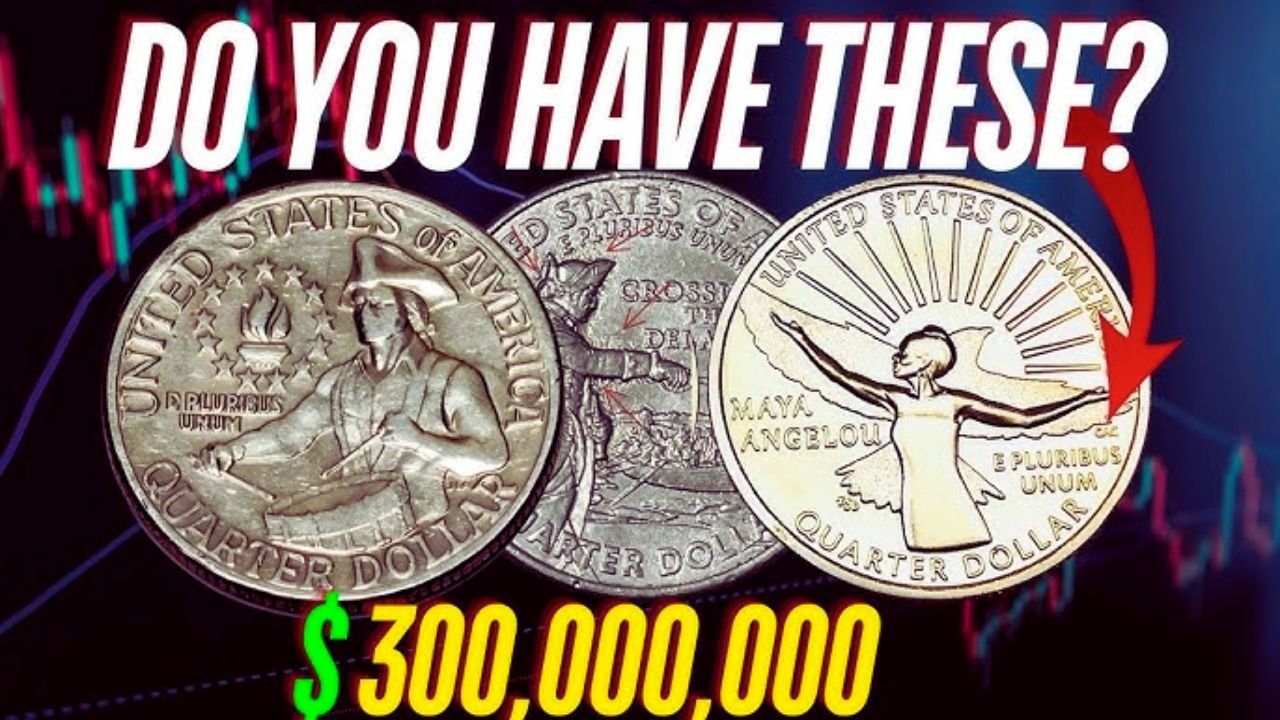Imagine finding a quarter in your change that’s worth $250 million. It sounds like a dream, but ten rare Bicentennial quarters, each valued at this jaw-dropping amount, are still out there in circulation. Minted in 1976 to celebrate America’s 200th birthday, these quarters have unique features that make them a collector’s holy grail. Let’s explore why these coins are so valuable, how to spot them, and where you might find one.
Why Are These Quarters So Special?
The Bicentennial quarter was created to mark a big moment in U.S. history, featuring a colonial drummer boy on the back. While millions were made, a tiny number have rare traits like minting errors, special metal compositions, or limited production runs. These quirks make them worth millions to collectors. For example, some quarters were struck in 40% silver instead of the usual copper-nickel mix, and others have double-die errors, where the design appears doubled. These rare versions are what drive their value to $250 million each.
The Ten Rare Quarters to Look For
Here are the ten rare Bicentennial quarters that could make you rich:
- 1976-S Silver Double-Die Obverse: A doubling error on the front, minted in silver.
- 1976-D No Mint Mark: Missing the “D” mint mark, extremely rare.
- 1976-S Proof Missing S: A proof coin without the “S” mint mark.
- 1976 Off-Center Strike: Design shifted off-center by at least 50%.
- 1976-S Silver Reverse Error: Doubling on the drummer boy side.
- 1976-D Overstruck on Dime: Quarter design on a dime’s smaller blank.
- 1976-S Experimental Alloy: Made with a unique metal mix, never released.
- 1976 Broadstrike Error: Coin struck without a collar, wider than normal.
- 1976-S Silver Clad Planchet: Wrong metal blank used for minting.
- 1976-D Double-Die Reverse: Doubling error on the back, minted in Denver.
Each of these quarters, if found in good condition, could fetch $250 million at auction due to their scarcity and collector demand.
How to Identify These Coins
Spotting one of these quarters takes a keen eye but isn’t impossible. Look at the date (1976), mint mark (a small “D” or “S” near the date, or none at all), and any odd features like doubled letters or off-center designs. A magnifying glass can help you see details clearly. The table below highlights key traits to check:
| Quarter Type | Year | Key Feature | Estimated Value |
|---|---|---|---|
| Silver Double-Die | 1976-S | Doubled front design | $250M |
| No Mint Mark | 1976-D | Missing “D” | $250M |
| Proof Missing S | 1976-S | No “S” mark | $250M |
| Off-Center Strike | 1976 | Shifted design | $250M |
| Silver Reverse Error | 1976-S | Doubled back | $250M |
| Overstruck on Dime | 1976-D | Quarter on dime blank | $250M |
| Experimental Alloy | 1976-S | Unique metal | $250M |
| Broadstrike Error | 1976 | Wider coin | $250M |
| Silver Clad Planchet | 1976-S | Wrong blank | $250M |
| Double-Die Reverse | 1976-D | Doubled back | $250M |
Where to Find These Treasures
These quarters could be hiding anywhere—your pocket, a coin roll from the bank, or an old jar at home. Check loose change from stores, vending machines, or flea markets. Coin collectors also search estate sales or online marketplaces for uncirculated rolls. If you think you’ve found a rare quarter, don’t clean it, as that can lower its value. Take it to a trusted coin dealer or appraiser to verify its authenticity and get advice on selling it.
What to Do If You Find One
Finding one of these quarters is like winning the lottery, but you need to act carefully. A professional appraiser can confirm if your coin is genuine and help you connect with auction houses or collectors. These coins often sell for millions at major auctions, so it’s worth the effort to get it checked. Keep your coin safe in a protective holder until you’re ready to sell. With a little luck, you could turn pocket change into a life-changing fortune.
The hunt for these Bicentennial quarters is an exciting adventure. Next time you get a quarter, take a second look—it might just be worth $250 million.
